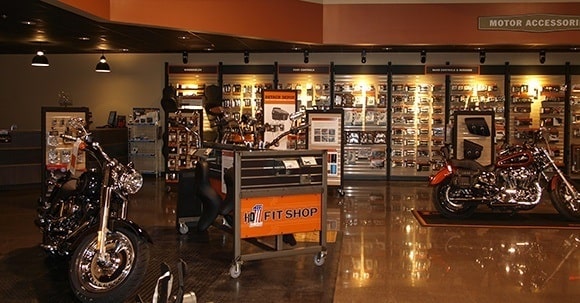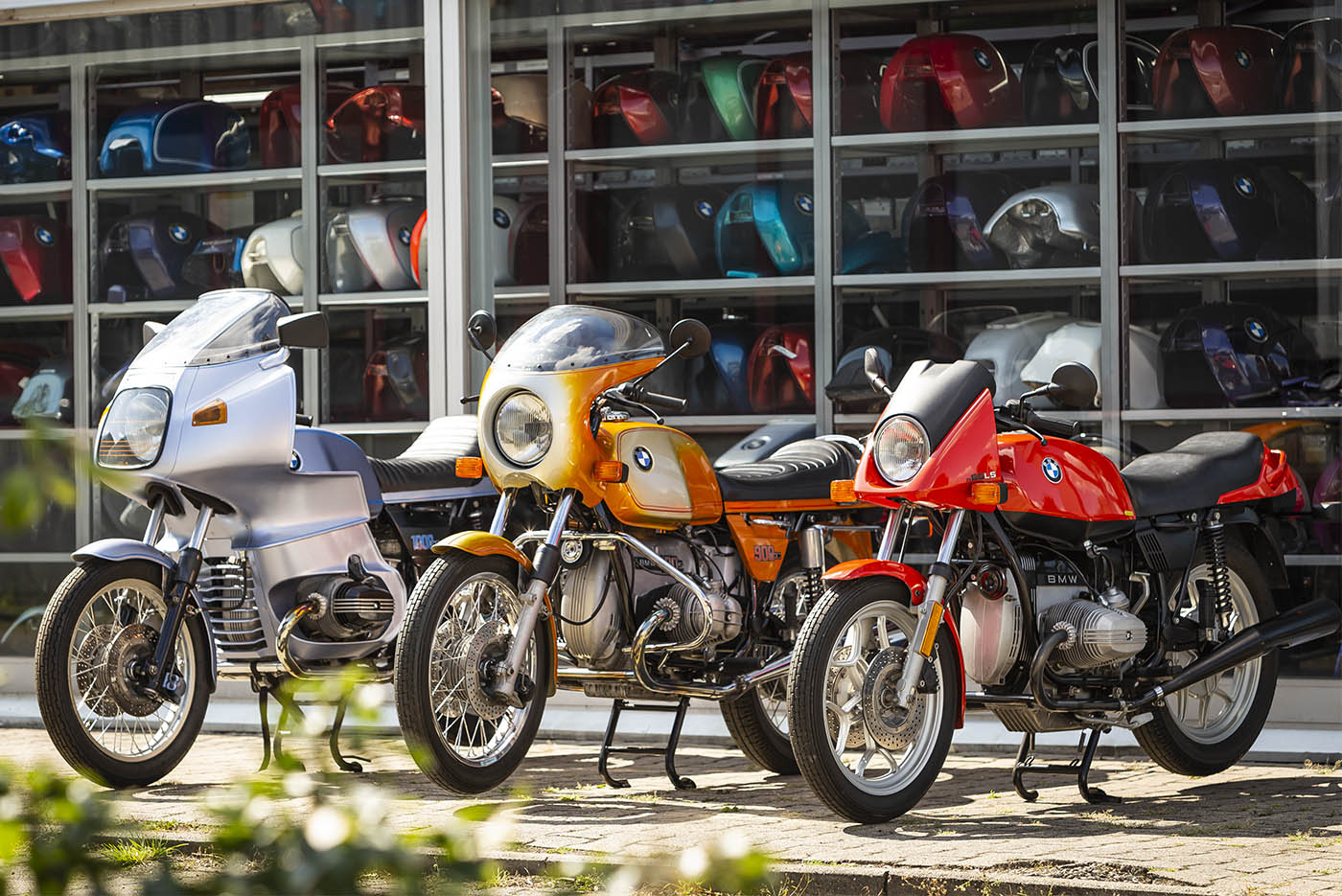Mastering Motorcycle Gears: How to Optimize Your Riding Experience
In the realm of motorcycling, grasping the art of gear adjustment is crucial for improving your riding efficiency. Effectively recognizing and making use of motorcycle equipments can significantly influence acceleration, control, and gas efficiency, transforming an average ride right into a seamless, exhilarating journey. By including exact shift timing and adjusting equipment option to numerous road conditions, bikers can make sure ideal engine efficiency and safety. The nuances of clutch control, throttle sychronisation, and equipment mechanics beckon a much deeper exploration, promising to open the full possibility of your machine. Just how can these techniques be harnessed to really maximize your riding experience?
Recognizing Equipment Mechanics
At the core of motorbike characteristics, equipment mechanics play an essential duty in converting engine power into movement, inevitably dictating speed and control. The gear ratios, carefully made, establish the partnership between engine revolutions and wheel turns, influencing velocity and fuel performance.
Recognizing gear mechanics starts with acknowledging the significance of the transmission, which houses several gears of differing sizes. These equipments communicate via a process called meshing, where teeth of different equipments engage to send power. The precision of this interaction is crucial; any kind of misalignment or damages can result in ineffective power transfer, impeding performance. Furthermore, the arrangement and dimension of gears influence the bike's ability to deal with various loads and rates.
Additionally, the principle of gear moving is indispensable to making the most of efficiency. Timely and smooth changes make certain that the engine operates within its optimum power band, stopping unneeded strain and enhancing durability (motox parts nz). By comprehending these mechanical complexities, cyclists can achieve a harmonious blend of control, power, and performance, boosting their riding experience
Timing Your Shifts
Shift timing mastery is vital for maximizing bike efficiency and boosting the riding experience. Properly timed shifts ensure that the engine operates within its optimal power band, which is essential for preserving control, accomplishing smooth acceleration, and making sure the durability of the motorbike. Motorcyclists need to establish an instinctive feeling of when to move gears, which involves understanding the relationship between engine changes per min (RPM) and rate.
To grasp shift timing, pay close interest to the engine's sound and feel, as these provide essential ideas regarding when to alter equipments. When the engine approaches the upper variety of its power band without getting to the redline, the perfect change factor normally happens - motorbike shop. Moving prematurely can bring about an absence of power, while shifting also late may cause unneeded engine stress
In addition, road problems and riding design influence change timing. In contrast, throughout freeway riding, fewer changes at greater speeds can be much more appropriate.
Enhancing Gas Performance
While grasping bike gears is vital for performance, enhancing gas performance is similarly vital for both environmental and financial reasons. Ideal gas consumption not only minimizes operational prices but also lessens the eco-friendly impact of riding. To achieve this, one should comprehend the detailed relationship between equipment option and engine performance.
Riding in a higher gear at lower speeds can lead to engine lugging, which is harmful to both gas economic situation and engine wellness. Conversely, riding in reduced equipments at high rates results in unnecessary gas consumption.
Furthermore, regular upkeep plays a critical role in gas efficiency. Guaranteeing that the motorcycle is well-tuned, with tidy air filters and effectively blew up tires, can lower and improve the rules of aerodynamics gas waste. Embracing a riding style that embraces progressive acceleration and smooth deceleration can add to far better gas economic climate.

Strategies for Smooth Transitions
Accomplishing smooth gear changes is basic to improving the riding experience and look these up guaranteeing the long life of a motorbike's transmission system. Proper equipment moving not only adds to a smooth ride yet also lessens wear and tear on the mechanical elements. To understand the art of smooth shifts, cyclists should concentrate on a few essential strategies.

Secondly, clutch control plays a critical function. Involving and disengaging the clutch efficiently calls for technique. The clutch lever should be released slowly, enabling for a smooth transfer of power from the engine to the wheels without creating a shock or sudden activity.

Adjusting to Roadway Conditions
Navigating varied roadway conditions is a vital ability for any kind of motorcyclist intending to maintain control and security. Whether you're riding on damp surface areas, crushed rock roads, or navigating sharp turns, your capability to adjust your equipment use and riding strategy is paramount. Comprehending exactly how to readjust your equipments suitably can significantly impact traction and stability, making sure a much safer trip.
In comparison, when riding on gravel or irregular terrain, reduced gears are preferable. Lower equipments offer far better control and enable you to react more promptly to unexpected adjustments in the road surface area.
Sharp curves demand specific gear monitoring to balance rate and control. Downshifting before going into a contour can assist preserve energy while guaranteeing the bike remains secure throughout the turn. Consistent method in diverse conditions improves your capacity to react and predict to modifications in roadway texture and incline.
Verdict
Mastering motorcycle equipments significantly enhances the riding experience by boosting control, gas, and velocity performance. Adjusting gear selection to various roadway problems, such as utilizing higher gears on wet surface areas and reduced equipments on crushed rock, additional enhances handling and safety.
Understanding equipment technicians starts with identifying the relevance of the gearbox, which houses multiple equipments of differing sizes. These equipments engage with a process recognized as meshing, where teeth of various gears involve to transmit power (motocross gear). Mild modifications to the throttle throughout gear changes can click resources avoid jerky movements and keep a consistent riding pace
Whether you're riding on wet surface areas, gravel roadways, or navigating sharp turns, your ability to adjust your gear use and riding technique is extremely important. Adapting gear option to different roadway problems, such as using greater equipments on wet surface areas and lower equipments on gravel, more improves handling and safety.